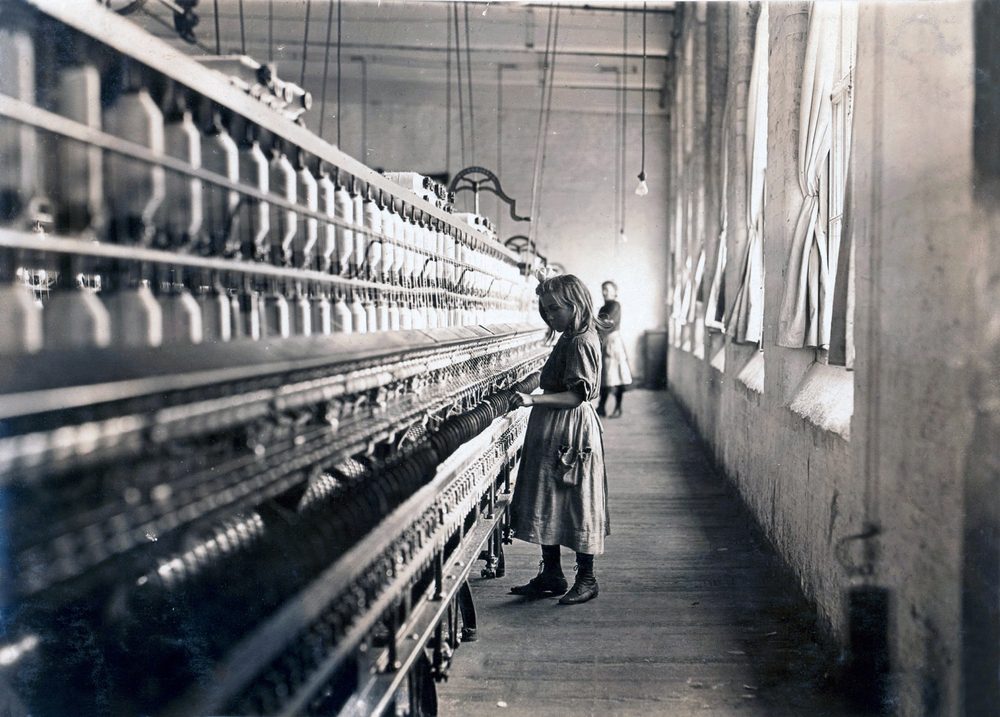
1. Teaching
Back in the 1920s, teaching little children was considered something similar to motherhood, more like a common and logical extension of being a mother. However, teaching positions were only available for men in the 19th century.
That changed due to industrialization, which brought extra lucrative jobs that men took, leaving women to work in the educational industry. By the twentieth century, women made up almost three-quarters of all teachers.
2. Unskilled laborers
While women’s wages were extremely important to their family’s finances, according to a 1929 assessment by the Women’s Bureau, a government advocacy group which was founded in 1920, the earnings of unskilled laborers were less than what was needed for a “decent standard of living”.
A century ago, when women started to receive a little higher education, they were cultured in food management, nutrition, and home economics. With that, they got food service jobs in many institutions, such as schools, and also in factories.
In conformity with some statistics from the early 20th century, there was one female restaurant keeper for every five male keepers. Because cafeterias and tea rooms were considered to be places appropriate for women, they were domineering the food service jobs in the places mentioned before.
4. Cotton mill workers
When it comes to the cotton mills, women were predominantly working in the spinning room. They were looking after the machines that were responsible for spinning the cotton into wearable threads.
Men were working in the cotton mills as well, but they were taking care of the heavy lifting, getting the fibers into the carding machines, or being weavers.
Mill laborers were working in long shifts of 10 to 12 hours, six days a week. They were working in bad conditions, such as hot weather, a loud environment, and air that was full of dust and lint.
This job was passed on to future generations, and many times women were bringing children to their jobs, in order to learn the skills for their own future workplace.
























